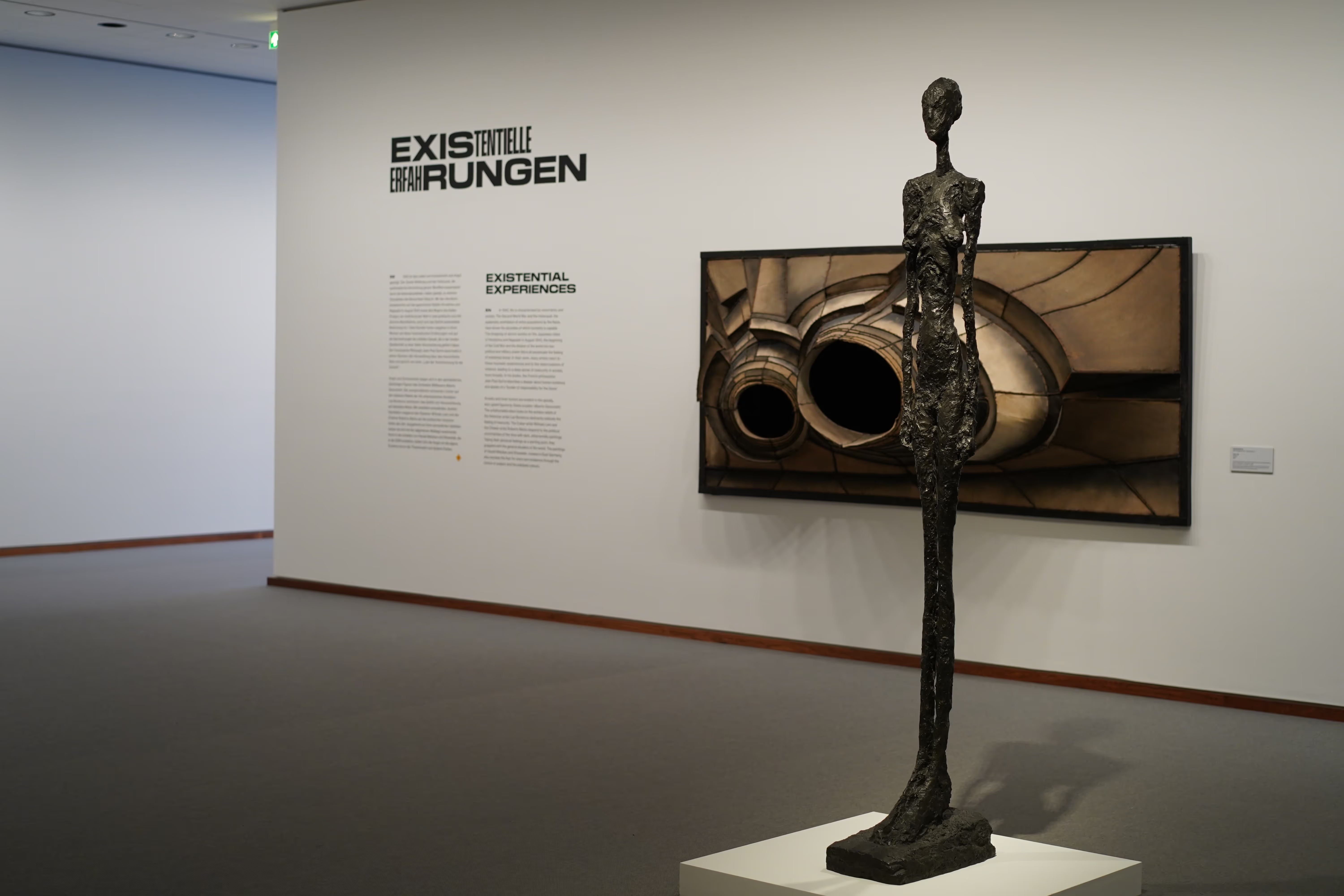These are the top 5 most expensive sculptures

For centuries, painters and plastic artists have been arguing about which discipline would be the “nobler” one. The painters argue that their task is clearly the more difficult one because, unlike the sculptors, they would have to invent everything first, while their competitors could draw on existing material. The figures or scenes contained therein would simply be “liberated” by sculptors. For art investors, this is probably more of a matter of taste. Because although paintings usually claim the top ranks of the most expensive auction objects, sculptures are also involved there. In particular, works by artist Alberto Giacometti, who clearly dominates the rankings. Find out which top 5 sculptures have achieved the highest sales prices to date.
“L'Homme au doigt”, Alberto Giacometti, 141.3 million dollars
There is no doubt that Swiss artist Alberto Giacometti the most expensive and influential sculptor in auction history. Giacometti was fascinated by human nature, as can be seen in his unmistakable style: Many works by the painter, graphic artist and sculptor, who died in 1966, depict dry figures characterized by a remarkable excess length of extremities and heads.
So too “L'Homme au doigt” - the most expensive sculpture in the world to date, which was auctioned off at Christie's in May 2015 for the equivalent of 141.3 million dollars. Giacometti designed “Pointing Man” in 1947 and only made six casts and one artist print. Today, four casts are in major museums, the rest are in collections and privately owned. The cast offered by Christie's was probably the only hand-painted bronze version of the man, which increased its value even more.
“L'Homme qui marche I”, Alberto Giacometti: 104.3 million dollars
For almost 30 years, the 183 centimeter tall “L'homme qui marche I” stood on the sixth floor of the Dresdner Bank headquarters in Frankfurt. Commerzbank inherited Giacometti's masterpiece, and in 2010, the Giacometti Man was finally auctioned off in London for 104.3 million dollars. The bronze, of which there are several casts in museums and private collections, shows a slender, stylized figure whose limbs seem to stretch to the extreme.
This unreal character mixes a strange fragility with a strong determination. The work was so influential in art history that in 1998 Switzerland even 100-franc notes in honor of Alberto Giacometti designed. The front shows a portrait of the artist, and on the back, in addition to two other works, his sculpture L'Homme qui marche I is shown in four different perspectives.
“Chariot”, Alberto Giacometti: 101 million dollars
For “Chariot” In 2014, Sotheby's redeemed the third-highest amount ever paid for a sculpture: 101 million dollars. The filigree, painted bronze by Alberto Giacometti shows a stringy, divine-looking female figure. She stands upright on a wagon, which in turn is supported by two wooden legs. The artist himself explained that the image of the car appeared to him in a dream. But the origin of this “dream image” was a real experience in 1938, when Giacometti was in hospital after a serious accident. There he could watch the nurses pushing “pharmacy cars” in front of them.
“Rabbit”, Jeff Koons: 91 million dollars
Jeff Koons is the only artist besides Giacometti whose sculpture made it into the top 5. The rabbit sculpture by the US artist at a Christies auction in New York set a price record with just under 91.1 million dollars in 2019 achieved for the work of an artist who is still alive. For some viewers, Koon's work Almost cheesy “bling-bling art”, for others an ironic, post-iconic statement.
Koons created the rabbit sculpture in 1986; there are a total of three copies and one artist's copy. The model was an inflatable plastic bunny, as can be seen from the seams, creases and the valve on the back. The artist Koons transformed the cheap disposable product into an expensive object made of steel, in the surface of which the observer can be reflected.
“Le Nez”, Alberto Giacometti, 78.4 million dollars
that Work “The Nose” created in 1947 by Giacometti is often referred to as the “image of death.” The sculpture shows a roughly sculpted head with an extended nose that emerges from a bony face with hollow eyes. To display the work, Giacometti hung his head from a rope attached to the tip of a metal cage. Le Nez was first sculpted in plaster and reworked by the artist for 17 years. A total of five versions were created, which differ in size and material.
In 2021, a “Le Nez” sculpture was auctioned off at Sotheby's for 78.4 million dollars. It was remarkable that the old art was bought with new crypto money. Chinese-American tech entrepreneur Justin Sun, born in 1990, became rich as the founder of crypto trading platform Tron and is now the proud owner of “the nose.”
Investing in works of art
Until a few years ago, blue chip art was primarily reserved for rich and institutional investors. In the meantime, however, paintings and sculptures are also becoming increasingly interesting for private investors - especially as a comparatively crisis-proof and inflation-proof form of investment that can be a perfect addition to their portfolio. Since not everyone can hang or put a Bansky, Roy Lichtenstein, Giacometti or Jeff Koons in their living room, of course, digital art shares are an excellent alternative for investors. These are tokenized tangible assets that can be purchased for as little as 500 euros and can also be traded flexibly on the secondary market.



